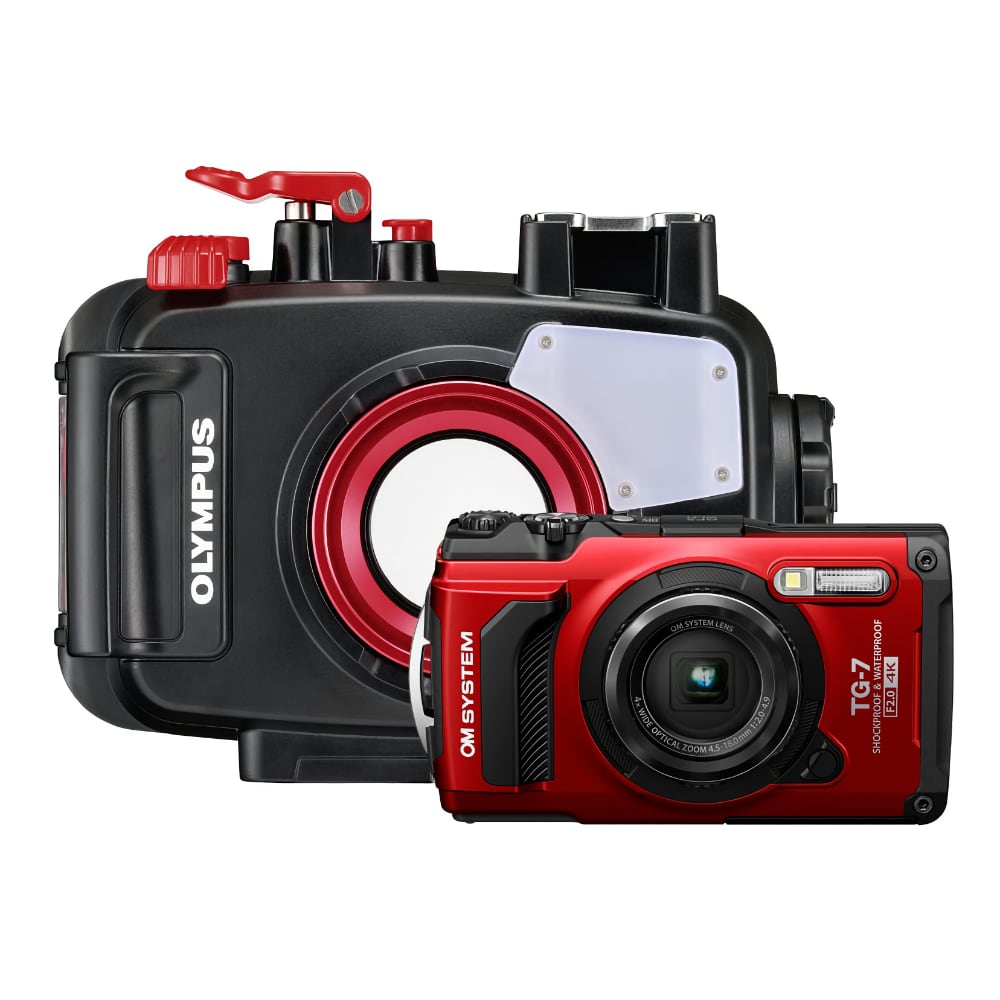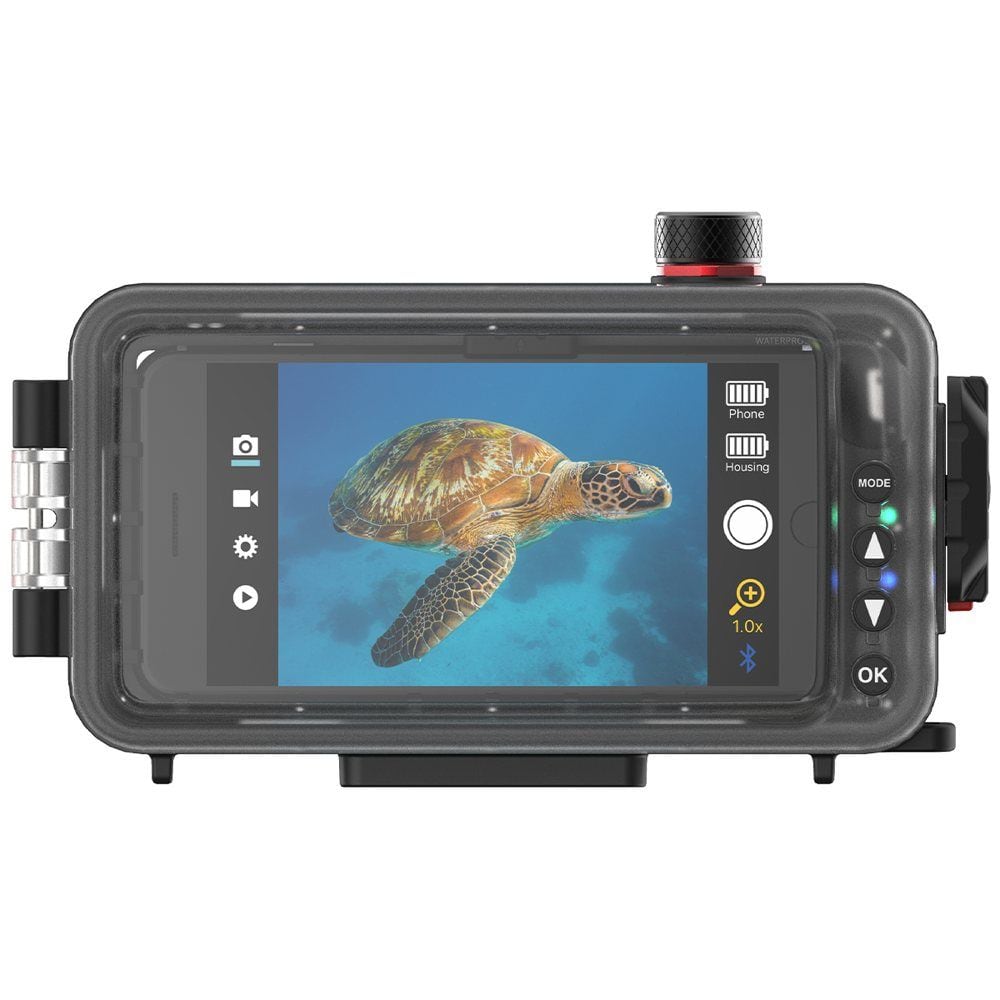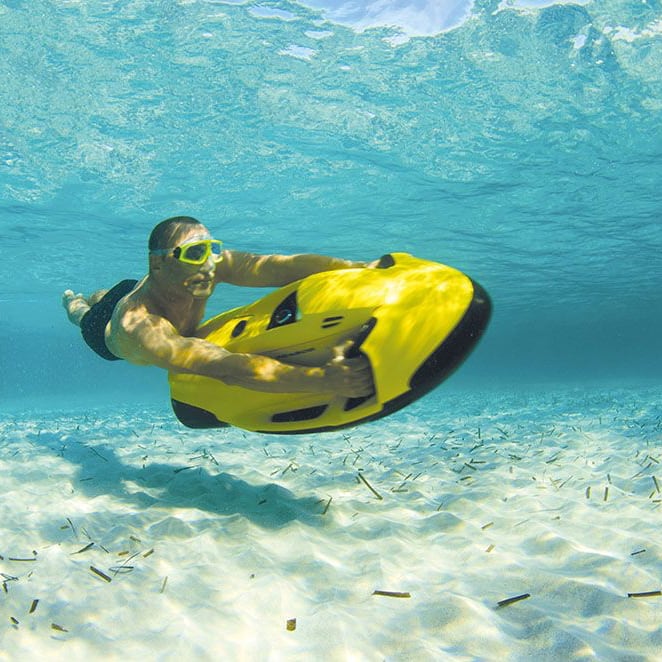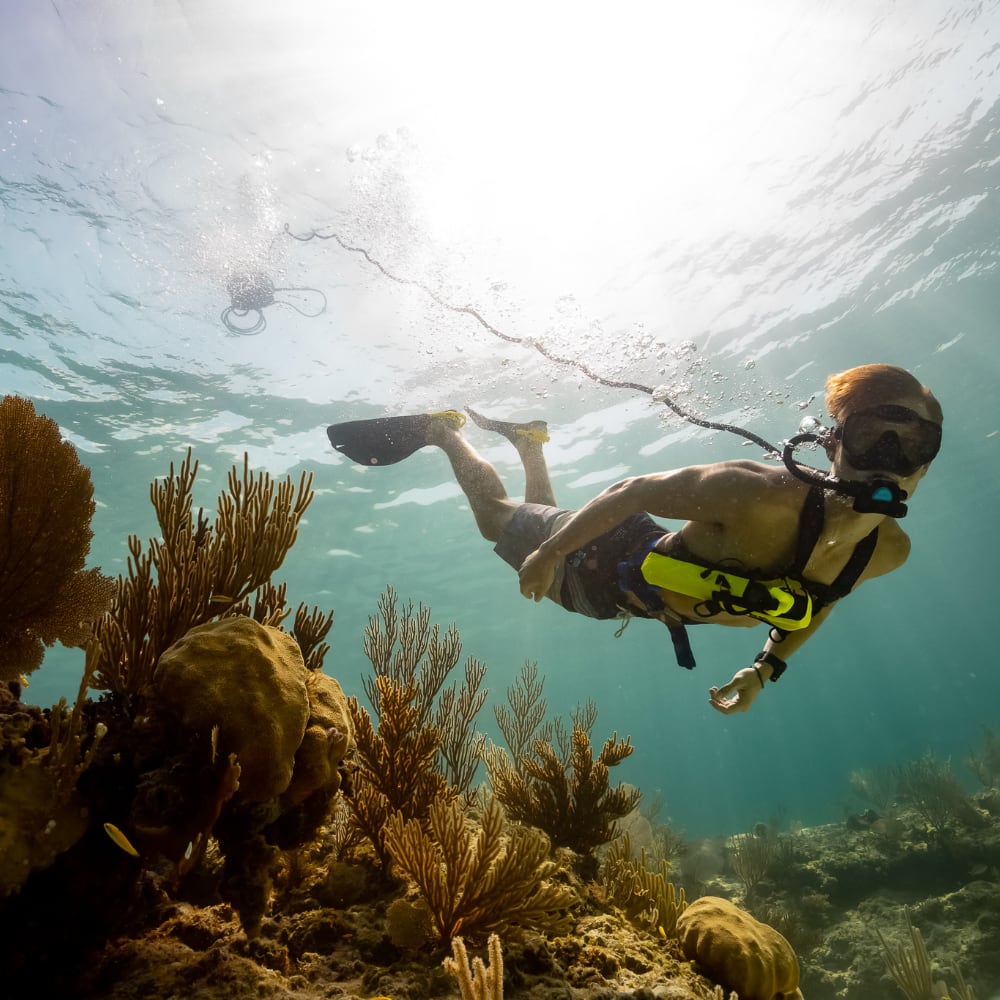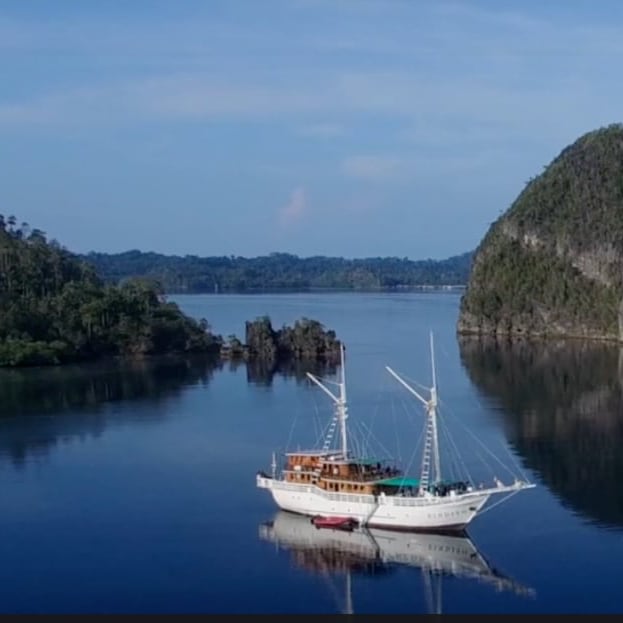Contributed by: Anita Verde and Peter Marshall
We divers are an opinionated lot, and although we don’t often agree, there’s generally a consensus amongst us that Indonesia takes first prize when it comes to top notch diving. As we reflect on the challenges of 2020 and dream of adventures for 2021, here’s a look back at the five places from 2019 that stole our hearts.

1. SALI KECIL - HALMAHERA
Ok, be honest, you’ve probably never heard of it, and even if you have you’ve only got a vague idea of where it is. With its lush volcanic peaks framed by swaying coconut palms, coarse sandy beaches extending to submerged coral gardens, and a mysterious atmosphere like nowhere else; a visit to the tiny island of Sali Kecil in the far southern reaches of the island of Halmahera is not only an adventure, but a privilege.
Given its envious location between Raja Ampat and the Lembeh Strait, it’s not surprising that the biodiversity of marine life here is outstanding, yet its remoteness combined with a lack of marine survey data means the region is literally a ‘black box’, with very little understood. You’ll see many species of pygmy seahorse here, they star on every dive, and in 2013 a new species of walking shark was also discovered, Hemiscyllium halmahera. A dive in the late evening will give you the best chance for an encounter. All of this, alongside the chance of seeing of dolphins and numerous species of whale makes the region a very exciting dive destination.
Our tip: The best way to dive the area is at the only dive resort in the area, Sali Bay Resort. Halmahera is not an easy travel destination. Getting here is long and arduous, but that’s what makes it so good! Transfers to the resort take place in the evening where the sky and sea are awash with diamonds, rewarding you for the long journey you’ve endured.

2. ALOR ARCHIPELAGO - EAST NUSA TENGGARA
A visit to Alor is like stumbling across a treasure chest with a kaleidoscope of colours and hidden gems that leave you breathless. The coral reefs here are exceptionally healthy, tourism is undeveloped with only a few eco operators, and the island’s here are still inhabited by many of the Flores sub ethic peoples who still preserve their traditional ways of life.
Renowned for having some of the more difficult diving in Indonesia, the diving here is catered to experienced divers. Alor has everything: rare critters, hammerheads, pristine reefs, pods of dolphins & false killer whales, astonishing visibility and adrenaline pumping currents. The currents here can be very challenging depending on the moon phase, with some dive sites being inaccessible during this time. The unpredictability of the currents here means you must be experienced enough to be flexible and nimble with your dive plan. On a single dive it’s not uncommon to experience up-currents, down-currents, vertical currents, horizontal currents and the odd ‘washing machine’. But don’t fear them, as it’s these currents that bring a variety of pelagic fish species and keep the reefs in their pristine condition.
Go scuba diving, free diving or just chill at the Alor Divers Eco Resort, or island hop your way around the archipelago. With mind-blowingly beautiful coral reefs, welcoming villagers and the chance to see; hammerhead sharks, dolphins, false killer whales, and marlin, this is one of Indonesia’s last frontiers.
Our tip: Keep an eye out for the local fisherman as they dive to depth with their handmade wooden goggles to check their woven fishing baskets.

3. PULAU SILADEN - NORTH SULAWESI
Indonesia has over 17,000 other islands to explore, yet none offer a sunset as heartbreaking to leave as this. Loved by scuba divers for very good reason, Pulau Siladen offers prime access to the famed Bunaken Marine Park, along with daily sunsets capable of making a grown man weep.
Underwater adventures here are a must. From huge barrel sponges, plate corals and boulder corals, the colours here will blow your retinas! With comfortable drift dives, Gorgonian sea fans harbouring Pygmy Seahorse, guaranteed turtle encounters and possibilities of pelagics such as Eagle Rays, what’s not to like?
Our tip: there is little accommodation on the island, so treat yourself to a stay at Siladen Island Resort.
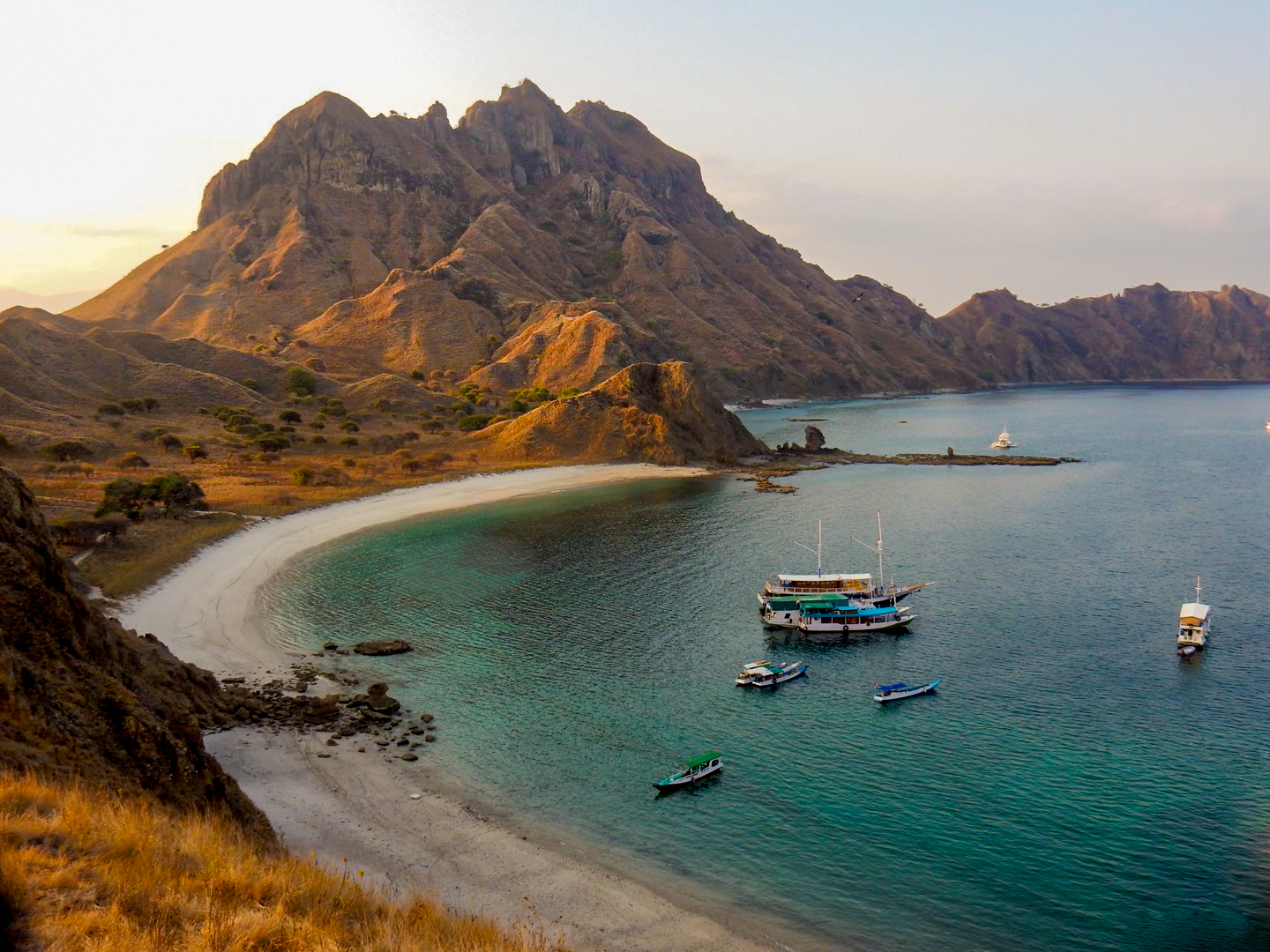
4. KOMODO NATIONAL PARK - LESSER SUNDA ISLANDS
A climb to Padar Island’s impressive view point gives you an appreciation of Komodo’s rugged coastline, confirming its status as one of Indonesia’s most precious and mysterious landscapes. Whether you choose to island hop by local boat, walk with the Komodo Dragon, or travel by liveaboard and dive to the depths of the region’s many impressive dive sites, a visit to Komodo is of Jurassic proportions, both terrestrial and marine.
Unless you’ve been living under a rock somewhere, you’ll undoubtedly be aware of the celebrated diversity of Komodo’s reefs. A UNESCO World Heritage site for good reason, the park is believed to be home to almost 6,000 Komodo dragons across the islands of Komodo, Rinca, Gili Motong and some areas of western and northern Flores.
The waters here also provide a safe environment for hundreds of species of coral, sponges and bony fishes along with crustaceans, turtles, dolphins, whales, manta ray, sharks and numerous invertebrates - all attracted by its nutrient rich waters and often ferocious currents. From exploring beautiful steep walls adorned in a kaleidoscope of corals, to dancing with the enigmatic Manta Ray, it would take a lifetime to explore all of the dive sites around Komodo’s islands. A challenge we’d be happy to take!
Our tip: If you MUST see the Komodo Dragon, give the dragons of Komodo Island a break and visit those at Rinca Island instead where populations are believed to be more stable and rangers are available to guide you. The region also lends itself well to a dive safari boat which ensures jaw dropping topside scenery and superior access to the park’s impressive dive sites.

5. RAJA AMPAT - WEST PAPUA
In West Papua, emerald jungle covered islands give way to brilliant white sandy beaches and delicate blue lagoons. Trek through the jungle on the quest for the Red Bird of Paradise, kayak from island to island in search of the rare Epaulette walking shark, or plunge below the surface into its coral gardens and underwater caverns harbouring the highest marine diversity anywhere on planet earth.
Below the lush islands of Piaynemo you’ll find the magical Melissa’s Garden, made up of three pinnacles, this dive site boasts an array of hard and soft corals and gigantic fans. Macro lovers will find soft coral crabs, nudibranch, flatworms and a plethora of other tiny critters. In the blue there are huge schools of fusiliers alongside schools of grumpy looking barracuda. The shadows cast by the pinnacles also make for some interesting underwater photography. Above or below, Raja Ampat delivers adventure in spades.
Our tip: While operators in the South of Raja Ampat close from July to September, diving the northern part of Raja Ampat is available all year round due to Its protected location. We dived out of season during July with the very reputable Papua Diving and had exclusive access to all dive sites.
Bio Summits to Sea Writers - Anita Verde and Peter Marshall
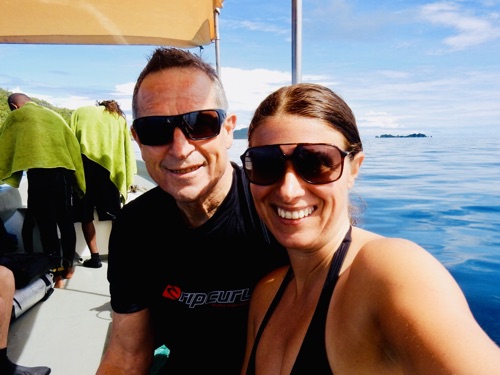 Anita Verde and Peter Marshall are published writers, photographers, adventurers and aquaholics. Based in Melbourne, Australia they run the travel blog Summits to Seas which focuses on mountain and ocean adventures. When they’re not on a mountain top or underwater, they also work professionally as consultants advising Governments and industry on sustainable tourism destination planning and development, brand strategy and marketing.
Anita Verde and Peter Marshall are published writers, photographers, adventurers and aquaholics. Based in Melbourne, Australia they run the travel blog Summits to Seas which focuses on mountain and ocean adventures. When they’re not on a mountain top or underwater, they also work professionally as consultants advising Governments and industry on sustainable tourism destination planning and development, brand strategy and marketing.
Visit their web site Summits to Seas - A Travel blog

